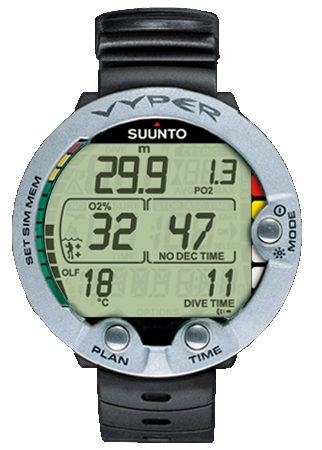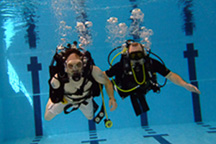![]() The Advanced Ocean Diver Course (AOD) is a new and exciting addition to the list of Diver courses that we can offer as a BSAC club. It fits neatly between the Ocean Diver and Sports Diver grades and uses some of the existing Sports Diver course content.
The Advanced Ocean Diver Course (AOD) is a new and exciting addition to the list of Diver courses that we can offer as a BSAC club. It fits neatly between the Ocean Diver and Sports Diver grades and uses some of the existing Sports Diver course content.
The course is aimed at anyone who has completed their initial diver qualification (i.e. Ocean Diver, Openwater Diver).
![]() The course comprises four theory lessons which can be completed either online or at the clubhouse; a refresher dive (optional); four or five (one can be combined) qualifying open water dives (including two “depth progression” dives).
The course comprises four theory lessons which can be completed either online or at the clubhouse; a refresher dive (optional); four or five (one can be combined) qualifying open water dives (including two “depth progression” dives).
Upon completion, the qualified AOD may continue to dive to 20m with any qualified diver, but for dives where the depth is between 20m and 30m, they must dive with someone who is a qualified Sports Diver, equivalent or above.

The AOD is still restricted to dives where mandatory decompression stops are not required. This is known as the “No Decompression Limit” or “NDL”. A qualified AOD may dive using Nitrox[1] tables or a dive computer set to Nitrox mode. By using Nitrox, a diver can improve their diving ability with a combination of safety, extended NDL times for both the first and any additional dives and less exhaustion after a dive.
In addition, the AOD course includes the lessons on using a surface marker buoy (SMB) and delayed SMB (dSMB). As most of our club members regularly dive with at least one dSMB, this is quite an important addition for the kind of diving you may undertake as a club member.
If you would like to speak to our Training Officer about starting this course, please speak to them on a club night or send them an email: This email address is being protected from spambots. You need JavaScript enabled to view it.
You can read more about this course on the BSAC Website.
Next page (Course Content)... ![]()
![]() Return to the Training page...
Return to the Training page...
[1] Nitrox is a breathing gas containing more than 21% oxygen which is known to be beneficial in reducing the risk and symptoms of decompression illness.



